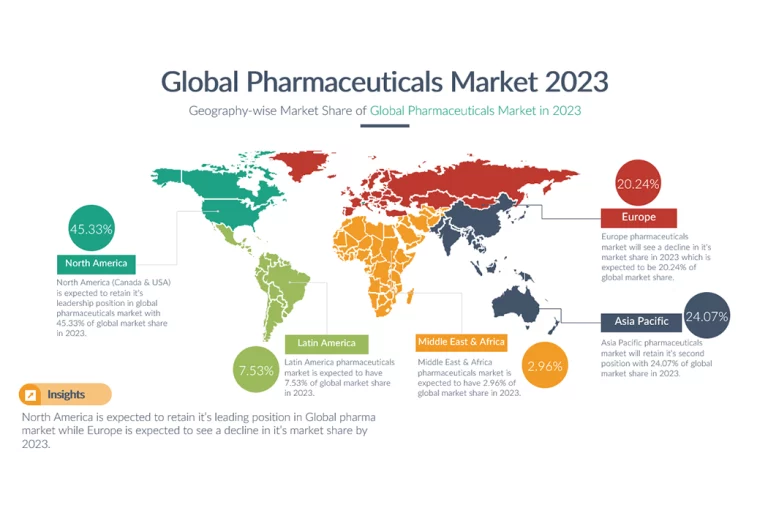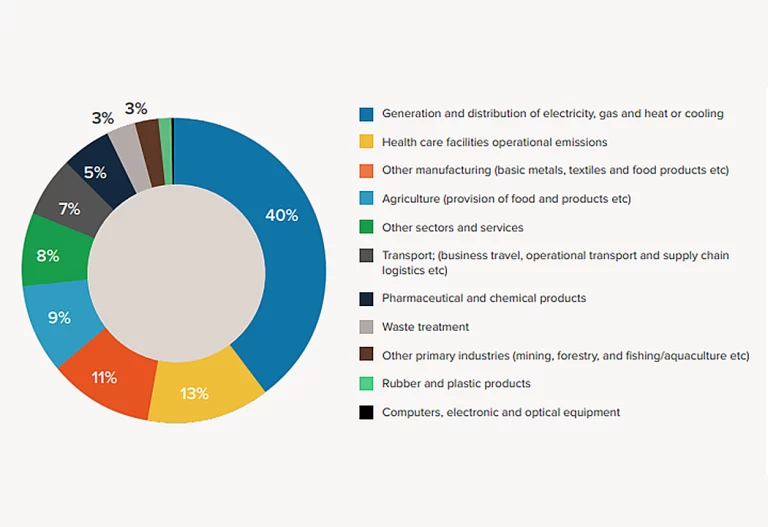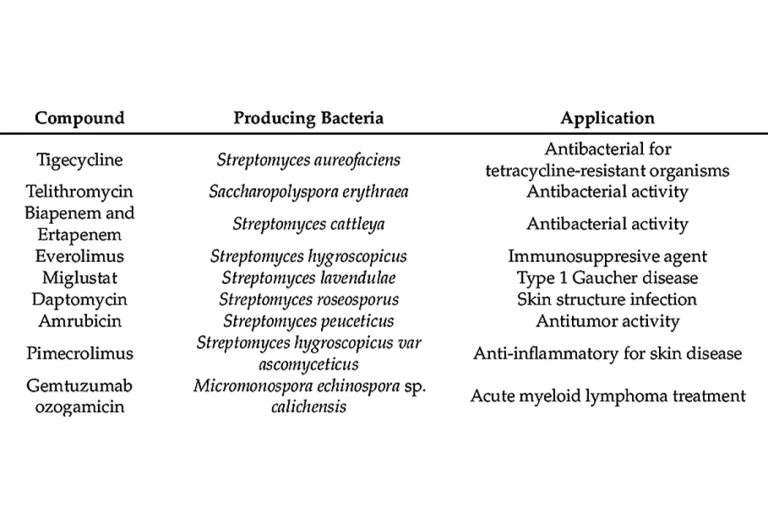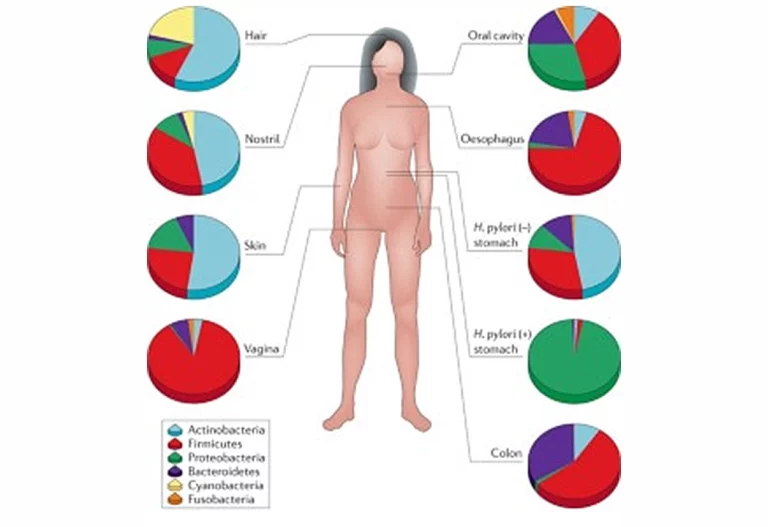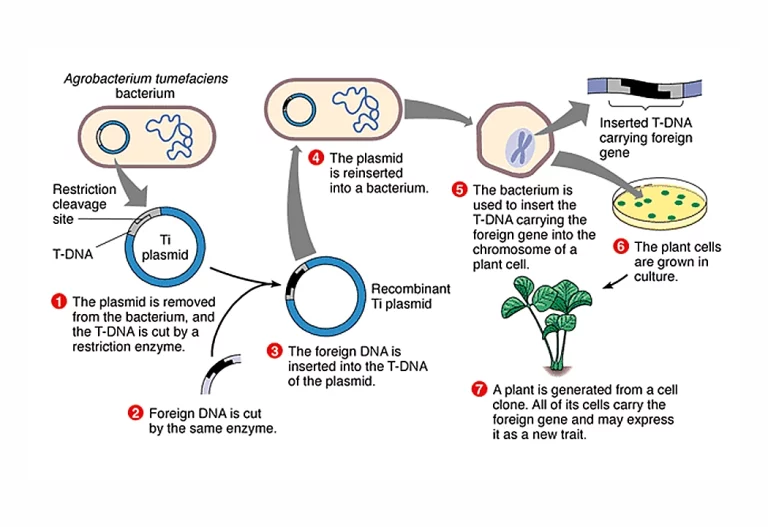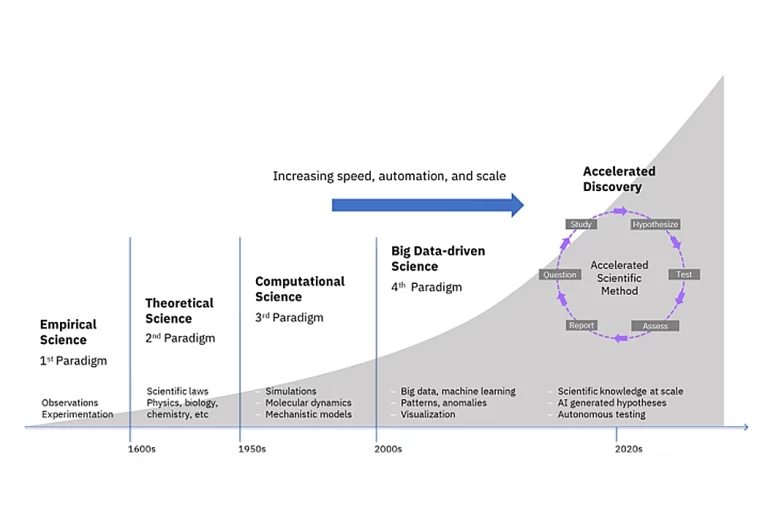In the vast tapestry of life, microbes, often perceived as simple entities, stand out as unsung heroes in the realm of pharmaceuticals. As this exploration has highlighted, their potential to revolutionize drug production, from antibiotics to complex therapeutic compounds, is profound.
Harnessing this potential can transition the pharmaceutical industry towards sustainable, efficient, and novel production methods, reducing environmental footprints and potentially lowering costs.
The collaborative endeavors between academia and industry are paramount in bridging the gap between groundbreaking research and market-ready solutions. Such partnerships, backed by innovative technologies and sustainable practices, can address global health challenges, from combating antibiotic resistance to discovering new treatments for hitherto incurable diseases.
But as with all revolutionary endeavors, it is accompanied by challenges, both scientific and ethical. Navigating intellectual property rights, grappling with the implications of genetic modifications, and ensuring equitable resource sharing will require a collective, globally coordinated approach.
Moreover, the sustainable and ethical dimensions of this microbial revolution cannot be overlooked. As we unlock the mysteries of the microbial world, it becomes imperative to do so responsibly, ensuring minimal environmental impact, equitable benefit-sharing, and prioritizing the accessibility and affordability of microbial-derived drugs.
In closing, the microbial frontier in pharmaceuticals offers a beacon of hope for a world grappling with emerging health challenges. As researchers, innovators, market strategists, and legal professionals, the collective responsibility is to shepherd this potential with care, ensuring that the benefits reach every corner of the globe.
In doing so, we might not only witness a renaissance in drug production but also pave the way for a healthier, more sustainable future for all.

